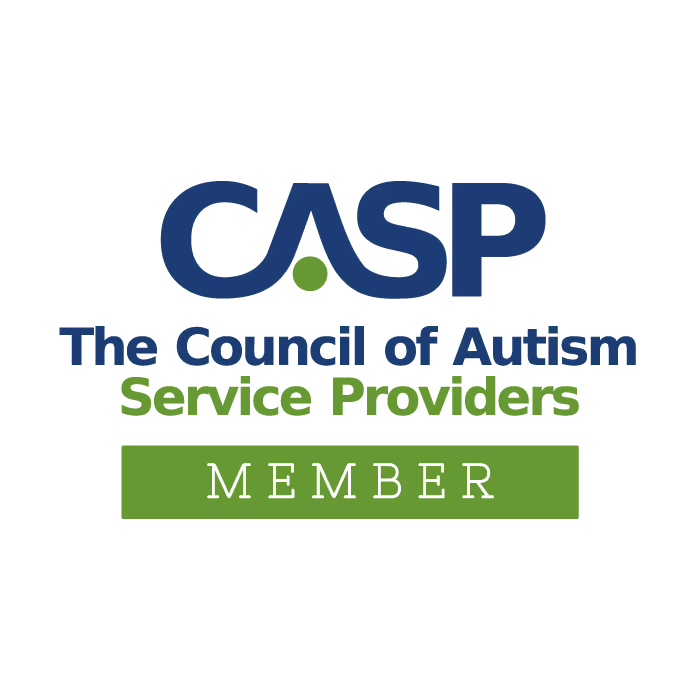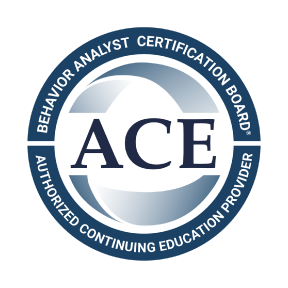As a pediatric occupational therapist, I receive a lot of questions inquiring about children’s pencil grasps from parents, teachers, and other professionals. According to Tseng (1998)[1], pencil grip development follows a predictable progression of skill that evolves as the child ages and matures. However, this does not always occur, as some children experience great difficulty maintaining an appropriate pencil hold on their writing utensil. Past research suggests the ability to hold utensils or writing tools is one of six prerequisite skills children need before handwriting instruction should begin[2]. There are several pencil grips that are considered efficient and mature, including the gold standard dynamic tripod pencil grasp, the lateral tripod grasp, the dynamic quadrupod grasp, and the lateral quadrupod grasp (Schwellnus et al., 2013[3]). However, there are some pencil grasps that are considered age-appropriate, but only up until a certain age. Read below for pictures and a detailed description of different types of efficient pencil grasps.
Dynamic Tripod Marker Grasp- This grip is considered age appropriate for all children beginning

between the ages of 4 to 6 and a half. A dynamic tripod marker grasp uses the index and middle finger to hold the pencil. It requires the thumb to be placed in opposition, with an open web space, as pictured. This is considered the gold standard grasp, as it utilizes intrinsic muscles of the hand to control the pencil. An open web space allows for the writer to have more precision and control over their utensil. In addition, it places less fatigue on the joints, and allows for the writer to write for longer periods of time without fatigue, as compared to some of the other functional grasps.
Dynamic Quadrupod Grasp– This grip is also considered age appropriate for all children beginning

around ages 4-6.5. It is similar to the dynamic tripod grasp, except for the fact that it enlists the ring finger to help support the writing utensil, thereby eliminating the extra support the ring finger would give if it were resting on the table, as in the dynamic tripod grip.
Lateral Tripod Grasp– This grasp is considered an efficient pencil grasp in which the

thumb is adducted (pushed closer to the index finger) and lacking the web space described above. In addition, this grasp requires the wrist to maintain its position in more extension as compared to the dynamic grasps. Research shows that this grip tends to contribute to premature fatigue, as compared to the dynamic tripod marker grasp due to the fact that it “restricts the pencil’s movement, eliminates thumb opposition, and compromises balance” (Schwellnus, et al., 2013).
Lateral Quadrupod Grasp– This grasp is also considered an efficient pencil grasp. It is similar to the

lateral tripod grasp described above, however also incorporates the ring finger to grasp the pencil, thereby eliminating the support it would give if it were resting on the table, as in the dynamic tripod grip.
These grasps are important to be able to recognize because they allow the hand to rest in an anatomically correct position, place less stress on the joints and ligaments, and are using the intrinsic muscles of the hand to support the pencil for writing tasks. When a pencil grasp is inefficient (i.e. a static tripod marker grasp), the student is relying on the proximal muscles of the elbow and shoulders to control the pencil which can cause the child to fatigue quickly, and may also result in decreased handwriting legibility.
Click here for tips on helping your pre-writer develop his pencil grasp.
[1] Tseng, M.H. (1998). Development of pencil grip position in preschool children. Occupational Therapy Journal of Research, 18, 207-224.
[2] Schneck, C., & Amundson, S. (2010). Prewriting and Handwriting Skills. In Occupational Therapy for Children (6th ed., pp. 555-580). Maryland Heights: Mosby Elsevier.
[3] Schwellnus, H., Carnahan, H., Kushki, A., Polatajko, H., Missiuna, C., & Chau, T. (2013). Writing forces associated with four pencil grasp patterns in grade 4 children. The American Journal of Occupational Therapy, 67, 218–227. http://doi.org/10.5014/ajot.2013.005538














